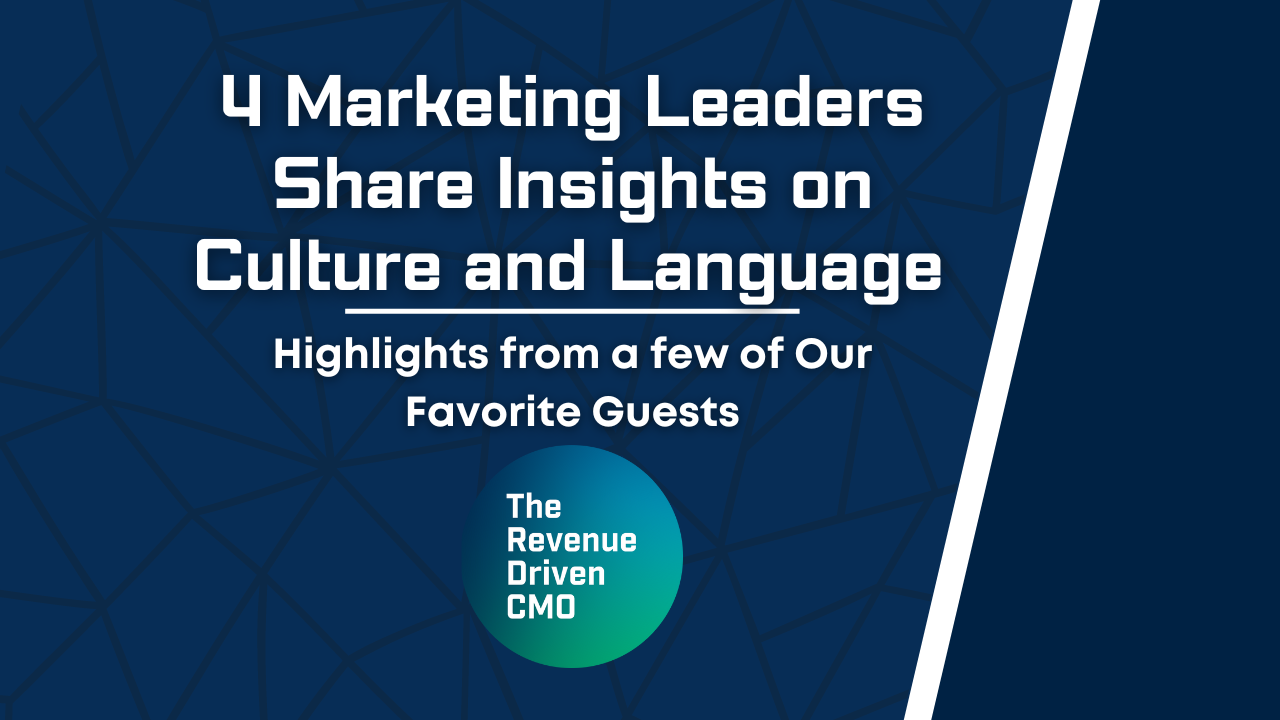
The 5 Rules of Social Media That Will Never [Ever] Change
Lots of people want to know the golden rules of social media… how to use social media to find more customers, enhance customer service, make connections, and ultimately make some money.
And I teach this stuff all the time. It’s pretty much my job. Actually it literally is.
But this blog post wasn’t inspired by me wanting to give you new social media (aka, social ‘networking’) advice that will help you online… instead, it’s because this post consists of EXACTLY the advice that I deliver to new Rockstars (i.e. new hires) right before they go to their first OFFLINE networking event!
It’s a bit ironic, huh? The exact offline networking advice is relevant on the web too.
As I was last delivering my ‘5 Golden Rules of Networking’ talk to one of our newer teammates recently, it hit me like a ton of bricks…
The SAME exact tactics that work so well offline… are similar to what we teach clients when it comes to online networking.
I don’t know why that was so surprising. It should be sort of obvious. But for whatever reason it just resonated with me harder than it ever had in the past.
But regardless, it was just a while back when I gave a talk on social media at a Chesapeake Tech Council breakfast that I realized that they’re almost EXACTLY like the advice I give new WebMechanix Rockstars RE: professional networking.
Here they go…
Networking Rule #1: It’s okay to jump into a conversation.
Everybody’s here to network and meet new people. That’s why they use terms like ‘social’ and ‘networking’… both of those terms imply open communication, right?
People are often there with the singular purpose of meeting new people.
If you’re too shy to get involved with conversations that are already happening, you can only talk to people that are sitting by themselves. And no offense if you’re the lone ranger-type, but sometimes people who are sitting by themselves are often lonely for a reason … just sayin.
Why it’s a social media rule: You’re SUPPOSED to be meeting new people. Don’t be afraid to start conversations. Otherwise you might find yourself sitting in the corner by yourself :-/
Networking Rule #2: Develop a genuine interest in the other person.
This is straight from the pages of one of our favorite books of all time, “How To Win Friends & Influence People” (aka, “HTWF” – required reading @WebMechanix) and is as important today as it was in the early 1900s when the principle was first put to paper.
It is nearly impossible to dislike somebody that has taken a genuine interest in you. And when somebody has a genuine interest in you, you tend to be more interested in them.
NOTE: It’s of the utmost importance that you actually BE interested. Do NOT act interested if you are not as this can easily have the opposite effect [Emphasis Added].
Why it’s a social media rule: Master this principle and there will be no question about the ROI on social media. Ask good questions, listen to people, step into your customers’ shoes and be one of the few that consistently make money with social media.
Networking Rule #3: Smile!
Everybody likes a smile.
You can’t be mad at someone that’s beaming ear-to-ear. Smiling is a strong subconscious communicator that tells people you’re happy, healthy & successful.
This is stupid easy to do, doesn’t cost any money, and delivers an extra little unexpected bonus—it makes YOU feel good too.
Try it next time you’re in a bad mood. Flash a big, happy smile across your face and notice the way it makes you feel. Works every time J
Why it’s a social media rule: While you can’t exactly smile through the computer, you kind of can J ß see? Be happy when you’re using social media. Get creative. Use images and video. Show those pearly whites off. Let the happy people on your team shine!
Networking Rule #4: Gauge the other person’s interest in you.
At the end of the day, you’re not networking just because it’s fun. You have a goal. You want to add valuable contacts to your Rolodex—whether they’re new customers, partners, mentors, employees, or what have you.
What you don’t necessarily want to do is spend a bunch of time talking to someone that doesn’t fit that profile. That said, it can be helpful to ask people candidly (and tactfully) whether they might be interested in your product or service.
Though this comes very naturally to me, new team members sometimes struggle with it. Asking somebody whether they’re interested in doing business with you or not—particularly the first time you’re meeting them—can be awkward, even scary depending on how you look at it.
But at the end of the day, it’s candid and transparent, which people appreciate. And it will also save you a ton of time and energy.
Why it’s a social media rule: If you’re like most companies, you have different types of stakeholders—customers, partners, employees, friends, and so on. These are essentially different networks. It’s important to know who you’re talking to at all times so that you can tailor the messaging appropriately. It’s also important that you spend most of your time and energy focusing on the networks that are most likely to help you achieve your goals in social media. That’s why gauging interest is of the utmost importance.
Networking Rule #5: Perfect your pitch.
If you’ve been doing a good job so far—shaking hands, smiling, eagerly listening to what people are telling you—you’ll find that people will start taking an interest in YOU, which is great. Mission accomplished.
They’re likely to ask, “What is it that you do?”
That’s when you need to deliver your “30-second pitch,” or “elevator speech,” or “value proposition,” or what have you.
Prepare this in advance. Write it down. And practice delivering the statement in the mirror until you don’t have to think about it. If you have it memorized cold, you can easily adjust it on the fly based on who you’re talking to.
For instance, say you’re in technology and the person you’re talking to is in technology. They understand your lingo, so you can use some industry-specific jargon and they’ll understand it.
But if you’re talking to somebody in a totally different field like restaurants, you’ll want to use more layman’s terms to gauge their level of knowledge and ensure they understand.
Over time, as you deliver this, notice the effect your pitch has on people and adjust as you see fit. If a lot of people are like, “Oooh, that sounds interesting!” you’re doing good; if you’re getting a lot of blank stares, not so good.
Why it’s in rules of social media: Many view “pitching” as taboo when it comes to social media. Nonsense. There is a place for the pitch. Do it at the right time. Tailor it to your audience. Get feedback and adjust as you go. Remember, you’re not doing this just because it’s fun. There’s nothing wrong with goal-oriented social media. In fact, if you’re not goal-oriented, and you’re not posting up any tangible results from your social media efforts, you may find the plug being pulled on the budget soon :-/
Now Get Your Butt Out There & Network!
You’ve now been armed with the 5 golden rules that apply to networking in an offline or online world. Each of these things is easy and free.
If you’d like to discuss your specific situation with a social media expert, use this form to contact us or call into the office at 443.927.7195.
Hope you enjoyed it. Talk soon.
Most newsletters suck...
So while we technically have to call this a daily newsletter so people know what it is, it's anything but.
You won't find any 'industry standards' or 'guru best practices' here - only the real stuff that actually moves the needle.







